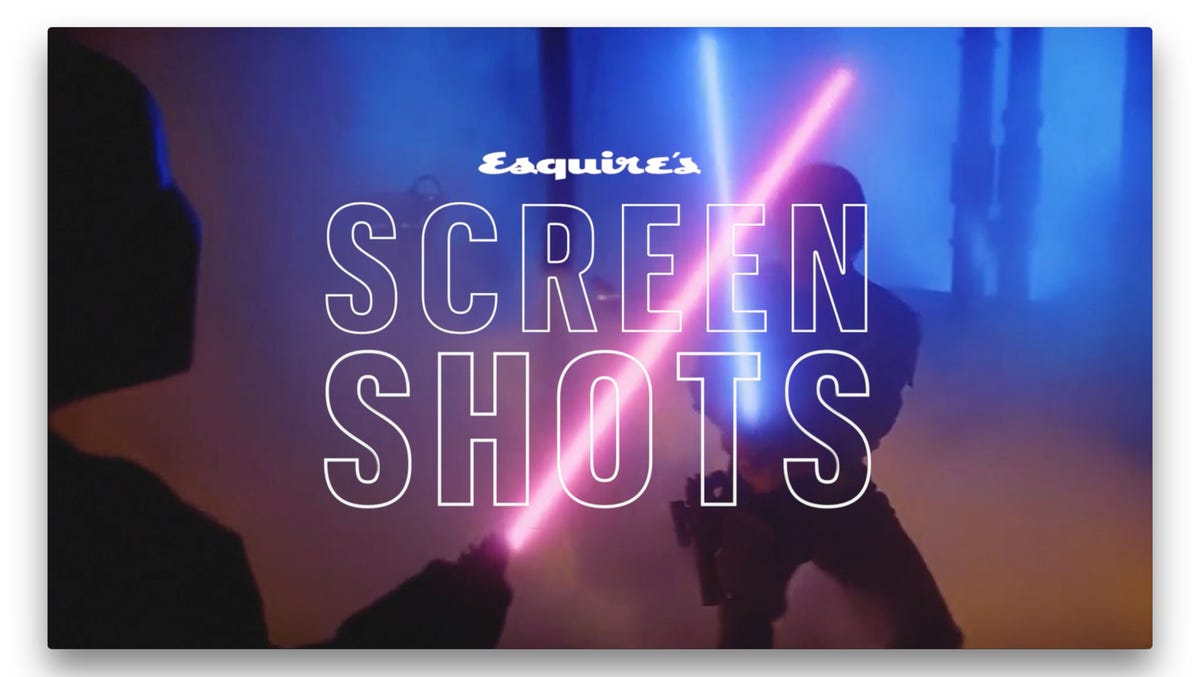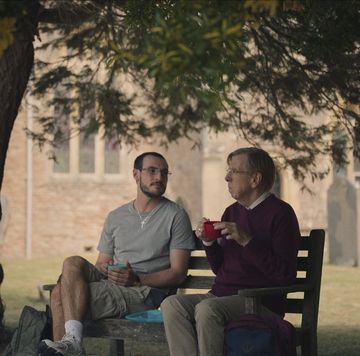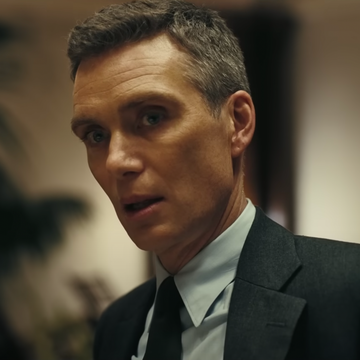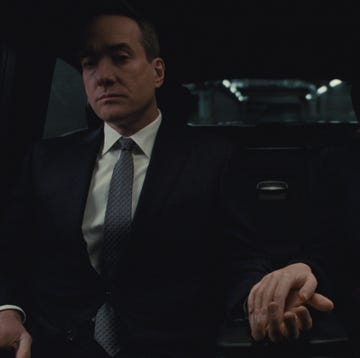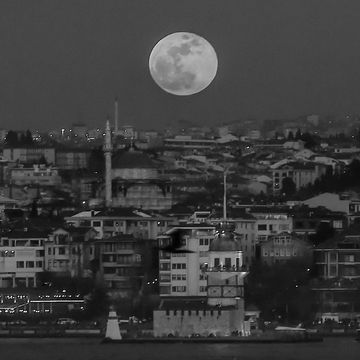It seems like Disney just can't decide what the hell to do with Kylo Ren's helmet. The Vader-esque cowl was first introduced in The Force Awakens. But as Kylo struggled with his place in the Dark Side and his loyalty to Snoke, it was smashed to pieces in The Last Jedi. But now, it appears the helmet is making a comeback, as it is a prominent feature in the trailers for J.J. Abrams' Rise of Skywalker. This time, the helmet looks different, though, and in a recent interview with Empire Magazine, J.J. Abrams has finally explained why.
Promotional imagery of Adam Driver's First Order leader has shown the character's helmet with deep red lines running through it, as if its been glued back together with a crimson-coloured adhesive. The Rise of Skywalker footage from Disney's D23 Celebration showed a mysterious pair of hands piecing the black shards of the helmet back together. Star Wars fans were quick to compare this fractured helmet imagery to the Japanese process of "Kintsugi." This ancient ceramics method entails piecing back together broken shards of pottery, encouraging an acceptance of one's past–a concept that is particularly interesting for a character who has literally said "Let the past die. Kill it if you have to." And now we have proof that the fans were right. J.J. Abrams confirmed in an interview with Empire that Kintsugi is a factor at play in Rise of Skywalker for Adam Driver's rage-induced dark lord. He said:
Having [Kylo Ren] be masked, but also fractured, is a very intentional thing. Like that classic Japanese process of taking ceramics and repairing them, and how the breaks in a way define the beauty of the piece as much as the original itself. As fractured as Ren is, the mask becomes a visual representation of that. There’s something about this that tells his history. His mask doesn’t ultimately hide him and his behaviour is revealed.
At first it might seem a bit odd to introduce an ancient pottery process into a science fiction adventure movie, but all fans know, Star Wars is no stranger to Japanese cultural influence. George Lucas drew a ton of inspiration from the films of Japan for his original trilogy back in the 1970s, particularly legendary director Akira Kurosawa. Lucas has spoken at length about the influence of Kurosawa's Seven Samurai on Star Wars, and it's not hard to see the connection between the lightsabers and traditional katana blades. He spoke with The Criterion Collection about the huge impression Kurosawa's films left on him back in 2014.
Names in the franchise like Obi-Wan and Qui-Gon were clearly Japanese-inspired, with the entire Jedi religion bearing striking resemblances to eastern zen cultures such as Buddhism. Though it seems Rian Johnson wasn't so into the Kylo Ren helmet, having Adam Driver's character smash it to pieces in The Last Jedi, Johnson was clearly taking cues from Japan too–the wild lightsaber battle in Last Jedi's finale is the first of the series to distinctly resemble a Samurai standoff, with the emphasis on footwork and swift, striking blows.
The idea that Ren is piecing together his fractured past in Rise of Skywalker means a lot for the finale of the series. It's an acknowledgment that he's not ignoring his history. It could also confirm major fan theories that there is a possible path to redemption for Ben Solo. If he is, indeed, accepting his past, could that mean that he is embracing his place as the son of Han Solo and Leia Organa and the student of his uncle Luke Skywalker? The art of Kintsugi being a factor in Episode IX may just mean that Ren will be drifting toward the light–and toward redemption–before the decades-long Skywalker saga comes to a close.
The Rise of Skywalker premieres on December 20, 2019.
Dom Nero is a staff video editor at Esquire, where he also writes about film, television, tech, and video games.
